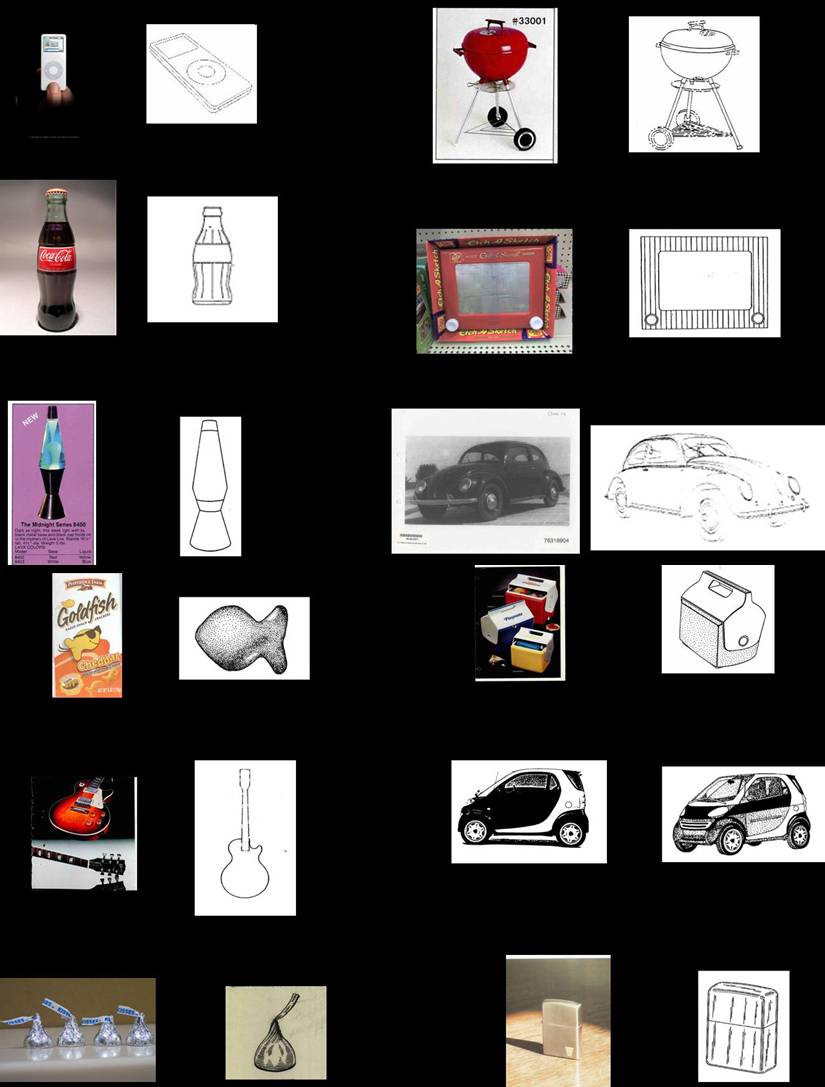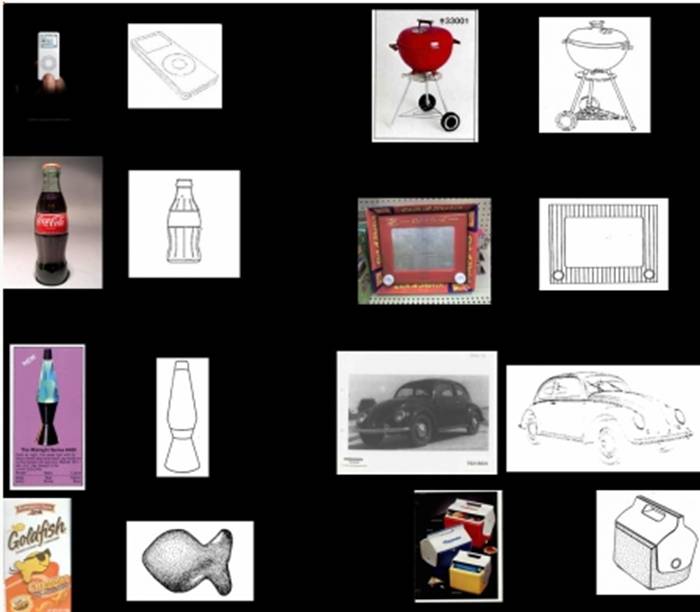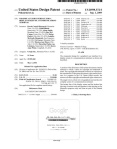As reported by The Wall Street Journal, Apple won its long-anticipated jury trial against Samsung on Thursday and was awarded $1.05 billion in damages by a jury. I think it is highly unlikely that the decision will be overturned on appeal, so the case is likely to establish an important precedent, as I anticipated in an earlier post I wrote in 2011. My prediction then, however, was that Apple would win through a private settlement instead of a jury verdict.
I predicted a private settlement because of the high stakes involved and the risks open to both companies if the issue ultimately was taken to a jury. Apple’s risk was that the jury would invalidate some or all of the patents it had asserted, a defensive maneuver that Samsung adopted during litigation. Samsung’s risk was that it would be found to have infringed Apple’s patents by copying user interfaces and other design aspects of Apple’s products. In the end, and to the surprise of many, both companies rolled the die and Apple came out on top.
The $1.05 billion verdict is a big coup, not just for Apple, but for product designers in general. For a long time, product design was perceived in industry and in legal policy-making circles as an intellectual property and strategic backwater. That has changed, however, due to consumers’ increasing aesthetic sophistication and a crowded global marketplace.
Design is starting to play an essential role in product differentiation and branding. An empirical study I conducted with two marketing scholars in 2009, published in The Journal of Marketing, found a positive association between trademark ownership and financial performance. This link between the two suggests that companies which pay attention to the legal aspects of branding through trademark registration reap greater rewards.
Elsewhere, I have written about the rare capability within firms that generates product shape trademarks. Product shape and packaging trademarks, often referred to as “trade dress,” were among the arrows in Apple’s legal quiver in the Samsung trial. I believe the Apple-Samsung case signals that product design and trademarks will be increasingly applied during new product development and asserted during litigation among companies across industries.
I make a career of teaching legal studies to business students. In my lectures, I invariably cover the subject of intellectual property management and strategy. Had Samsung won at trial against Apple, I would have cynically advocated what I perceived as Samsung’s business and intellectual property strategy. That is, I would have advocated in favor of free-riding from an industry leader to quickly gain a foothold and increase market share. Had Samsung won, this strategy would be effective, since the risks of infringement and damages would have been minimal. Once the fast follower and design imitator establishes their foothold, they can then compete against the innovator based on a cost advantage. From a business perspective, this clearly would have been an effective tactic.
Given Apple’s victory, however, Samsung’s strategy is no longer risk free or optimal. Instead, a better strategy is to be aware of competitor’s intellectual property rights and embrace innovation. This will require investing in design capabilities to distinguish products, which is how Apple secured its leadership position.
A copycat strategy may still be adopted by firms that want to quickly enter a technology market, such as mobile devices. After the Apple-Samsung case, however, that strategy became significantly riskier, much to to the benefit of pioneering innovators everywhere.



